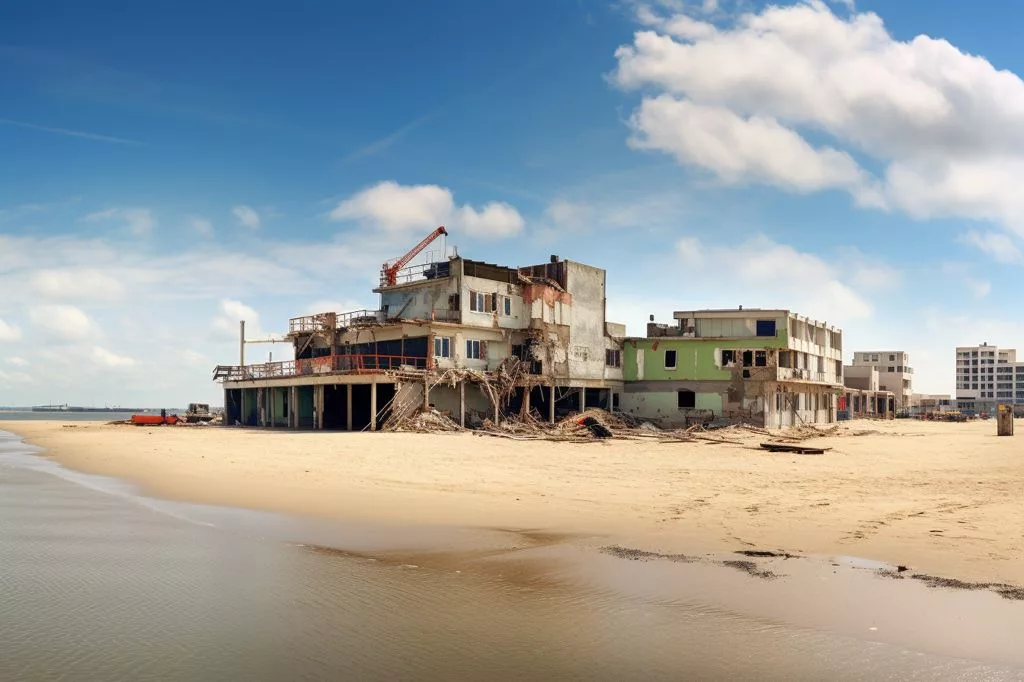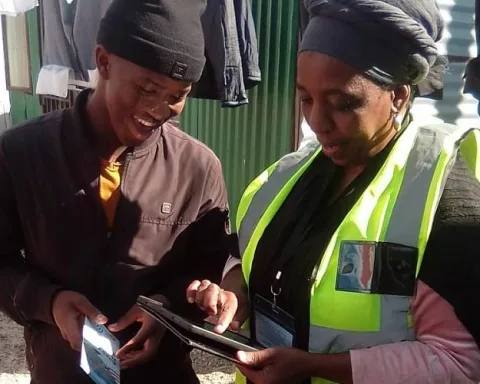Cities play a crucial role in protecting the environment from “hidden e-waste,” the electronic components contained within household items that can be recycled instead of discarded into landfills. To encourage residents to dispose of e-waste responsibly, cities are offering convenient drop-off sites and waste recyclers maps. Inadequate disposal of e-waste can lead to toxic substances leaking into the environment, polluting soil, air, and water. Recycling e-waste can conserve resources and preserve the environment for future generations.
What is hidden e-waste and how can cities protect the environment from it?
Hidden e-waste refers to electronic components contained within various household items, which can be recycled instead of being discarded into landfills. Owing to the toxic substances found in hidden e-waste, cities are progressively urging residents to dispose of their e-waste in a responsible manner. By providing convenient e-waste disposal services through drop-off sites, waste recyclers maps, and the private disposal/beneficiation sector, cities can motivate residents to actively engage in e-waste recycling endeavors.
Advancements in technology have significantly influenced our daily lives, introducing an array of electronic devices into our homes. Consequently, the notion of “hidden electronic waste” (e-waste) has emerged, highlighting the often-overlooked recycling potential of electronic components contained within various products. This growing issue has prompted cities to take action and advocate for the appropriate disposal of e-waste.
Uncovering Hidden E-Waste
Hidden e-waste encompasses numerous household items, including electronic toys, e-cigarettes, power tools, smoke alarms, wearables, smart home devices, e-bikes, e-scooters, and cables. These items, which are omnipresent in today’s world, house electronic components that can be recycled instead of being discarded into landfills.
The Hazards of Inadequate Disposal
Owing to the toxic substances found in hidden e-waste, landfilling is prohibited by South African legislation. Incorrect handling and disposal of e-waste can result in toxic residues leaking into the environment, polluting soil, air, and water. The ramifications of such contamination can be disastrous for the environment and local communities that rely on these ecosystems for sustenance and fishing. Furthermore, when e-waste is not reclaimed, precious raw materials are wasted, leading to an increased demand for mining and other environmentally damaging practices.
Cities’ Efforts for Secure E-Waste Disposal
In order to alleviate these environmental threats, cities are progressively urging residents to dispose of their e-waste in a responsible manner. Old, damaged, or outdated devices with a plug, battery, or cable can be taken to designated drop-off facilities for secure processing.
To make proper e-waste disposal more accessible, cities supply residents with information on drop-off locations, maps, and guidelines for specific types of waste. For example, regular drop-off sites do not accept batteries or CFL/LED bulbs, which must be taken to specialized household hazardous waste drop-offs or participating retailers. Additionally, residents can find information on private companies that collect or purchase e-waste through updated waste recyclers maps.
The Benefits of E-Waste Recycling
By providing convenient e-waste disposal services through drop-off sites, waste recyclers maps, and the private disposal/beneficiation sector, cities can motivate residents to actively engage in e-waste recycling endeavors. This cooperative approach can position cities as leaders in e-waste recycling, paving the way for a more sustainable future.
The Significance of Community Participation
Alderman Grant Twigg, Mayoral Committee Member for Urban Waste Management, emphasizes the vital role that residents play in turning their city into an e-waste recycling frontrunner. The combined efforts of city officials and residents can propel crucial change and shield the environment from the harmful effects of electronic waste.
The Influence of Artistic and Historical Movements on E-Waste Recycling
Intriguingly, e-waste recycling has sparked various artistic and historical movements. Artists and designers have repurposed discarded electronic parts into unique and creative artworks, drawing attention to the potential for reusing e-waste. Furthermore, historical movements have fostered the expansion of e-waste recycling by stressing the importance of preserving natural resources and minimizing environmental impacts.
The Journey Towards a Sustainable Future
As cities continue to develop, it is vital for them to prioritize the proper disposal of e-waste and involve residents in the process. By increasing public awareness, nurturing creativity, and adopting sustainable practices, cities can position themselves as leaders in e-waste recycling while protecting the environment for future generations.
The numerous advantages of e-waste recycling, from resource conservation to environmental preservation, render it an essential component of contemporary urban living. By taking responsibility for our electronic waste, we can all contribute to a cleaner, greener, and more sustainable future.
What is hidden e-waste and how can cities protect the environment from it?
Hidden e-waste refers to electronic components contained within various household items, which can be recycled instead of being discarded into landfills. Owing to the toxic substances found in hidden e-waste, cities are progressively urging residents to dispose of their e-waste in a responsible manner. By providing convenient e-waste disposal services through drop-off sites, waste recyclers maps, and the private disposal/beneficiation sector, cities can motivate residents to actively engage in e-waste recycling endeavors.
What household items contain hidden e-waste?
Hidden e-waste encompasses numerous household items, including electronic toys, e-cigarettes, power tools, smoke alarms, wearables, smart home devices, e-bikes, e-scooters, and cables.
What are the hazards of inadequate disposal of e-waste?
Owing to the toxic substances found in hidden e-waste, landfilling is prohibited by South African legislation. Incorrect handling and disposal of e-waste can result in toxic residues leaking into the environment, polluting soil, air, and water.
What efforts are cities making for secure e-waste disposal?
In order to alleviate environmental threats, cities are progressively urging residents to dispose of their e-waste in a responsible manner. Cities supply residents with information on drop-off locations, maps, and guidelines for specific types of waste. Additionally, residents can find information on private companies that collect or purchase e-waste through updated waste recyclers maps.
What benefits does e-waste recycling provide?
E-waste recycling can conserve resources and preserve the environment for future generations. By providing convenient e-waste disposal services through drop-off sites, waste recyclers maps, and the private disposal/beneficiation sector, cities can motivate residents to actively engage in e-waste recycling endeavors.
What is the significance of community participation in e-waste recycling?
Alderman Grant Twigg, Mayoral Committee Member for Urban Waste Management, emphasizes the vital role that residents play in turning their city into an e-waste recycling frontrunner. The combined efforts of city officials and residents can propel crucial change and shield the environment from the harmful effects of electronic waste.
How have artistic and historical movements influenced e-waste recycling?
E-waste recycling has sparked various artistic and historical movements. Artists and designers have repurposed discarded electronic parts into unique and creative artworks, drawing attention to the potential for reusing e-waste. Furthermore, historical movements have fostered the expansion of e-waste recycling by stressing the importance of preserving natural resources and minimizing environmental impacts.
How can cities position themselves as leaders in e-waste recycling?
By increasing public awareness, nurturing creativity, and adopting sustainable practices, cities can position themselves as leaders in e-waste recycling while protecting the environment for future generations.








